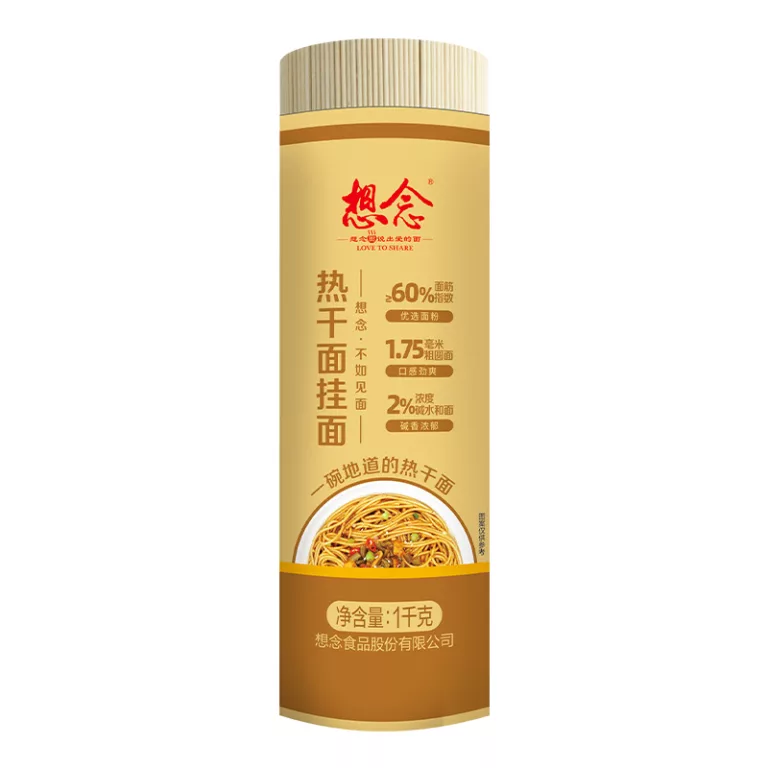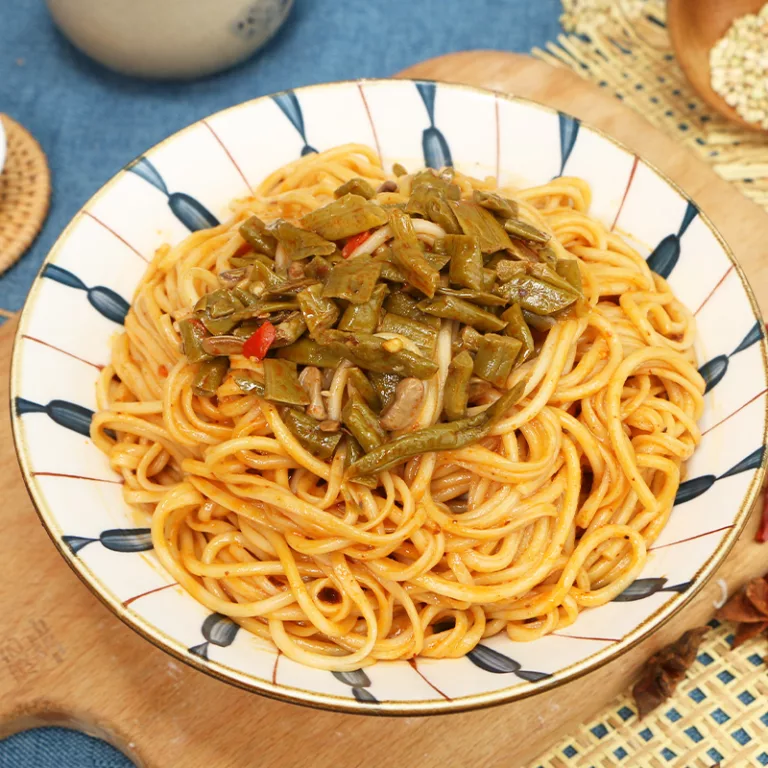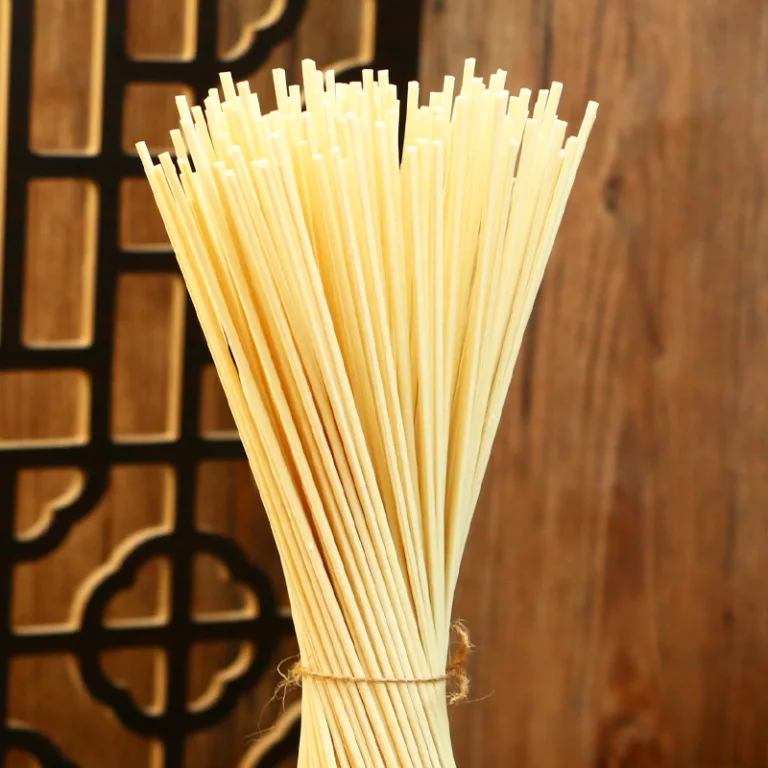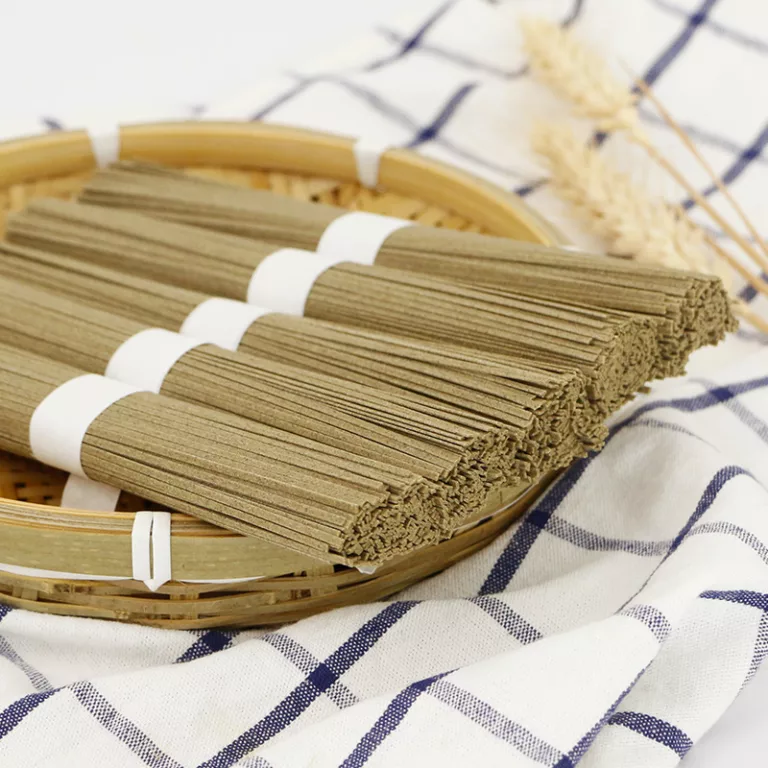Why are Chinese noodles important?
-
zeyuan li
- February 10, 2023
Table of Contents
Introduction to Chinese Noodles
Chinese noodles are a type of noodle that is traditionally eaten in China and other East Asian nations. Chinese noodles are typically made from wheat flour, either hand-stretched or machine-extruded, and often served in soups, stir-fries, or as accompaniments to meat dishes. Chinese noodles come in a variety of different shapes and sizes, and the noodles of each region are associated with certain dishes and styles of cooking. Chinese noodles have a long and rich history, with some types of the dish believed to have been invented as far back as the Qin Dynasty. With their many uses, Chinese noodles have become an integral part of Chinese cuisine, playing an important role in Chinese culture and cuisine.
History of Chinese Noodles
The history of Chinese noodles dates back thousands of years, with some records indicating that the first type of Chinese noodle – called la mien – was invented during the late Qin Dynasty, around 221 BCE. La mien was made using a type of dough that was rolled and cut into thin strips and boiled. The noodles were often served in soups, and the practice of eating noodles quickly spread throughout China and East Asia. During the Xuande era (1426-1435) of the Ming Dynasty, various types of noodles were perfected and began to become popular as a dish in their own right. These noodles were typically made using wheat, rice, buckwheat, sorghum, and other grains and were steamed, fried, or roasted.
By the Qing Dynasty (1644-1911), Chinese noodles had become extremely popular. One of the most popular noodles from this era is called “Youmian” – meaning “oil noodles” – which are made from wheat flour and water, and then boiled in a sesame oil. Other popular styles of noodles from this era include “Style Noodles”, also known as “Lamian”, which are made from a wet dough that is stretched and twisted into ropelike strands; “Shaving Noodles”, or “Shahe Fen”, which are made from a batter made of a combination of rice flour, wheat flour, and water; and “Won Ton Noodles”, also known as “Won Ton Mian”, which are made with a flour and egg dough and cut into thin strips.
In more modern times, Chinese noodles have continued to grow in popularity both in China and abroad. Because of their versatility, noodles can be served in a variety of ways, from salads to soups to stir-fries. Regional styles of noodles have also become popular. In the northern regions of China, for example, wheat noodles are popular, while in the south, rice noodles are more common. In the East Asian countries such as Japan and Korea, ramen (Japanese-style wheat noodles in broth) and kalguksu (Korean-style wheat noodles in soup) are very popular dishes.
Importance of Chinese Noodles
Chinese noodles are a staple food in Asian countries and an important part of traditional Chinese cuisine. They are versatile and can be prepared in many different ways, making them a great option for both simple dishes and more complex recipes. Chinese noodles are also highly nutritious, as they are typically made with a combination of whole-wheat flour, which is high in fiber, and added proteins like eggs, which offer important amino acidsChinese noodles are also important for their cultural significance. In traditional Chinese culture, noodles are seen as symbols of longevity and are often served at family gatherings and special occasions, signifying good luck and wishes for a long life. Chinese noodles have also been an important part of Chinese culture for centuries, with the noodles of each region representing certain foods and styles of cooking.
Conclusion
Chinese noodles are an integral part of Chinese cuisine and culture, and are enjoyed in countries around the world. With their long and rich history, versatility, and importance in traditional Chinese culture, Chinese noodles are sure to remain an important part of Chinese culture and cuisine for years to come.








